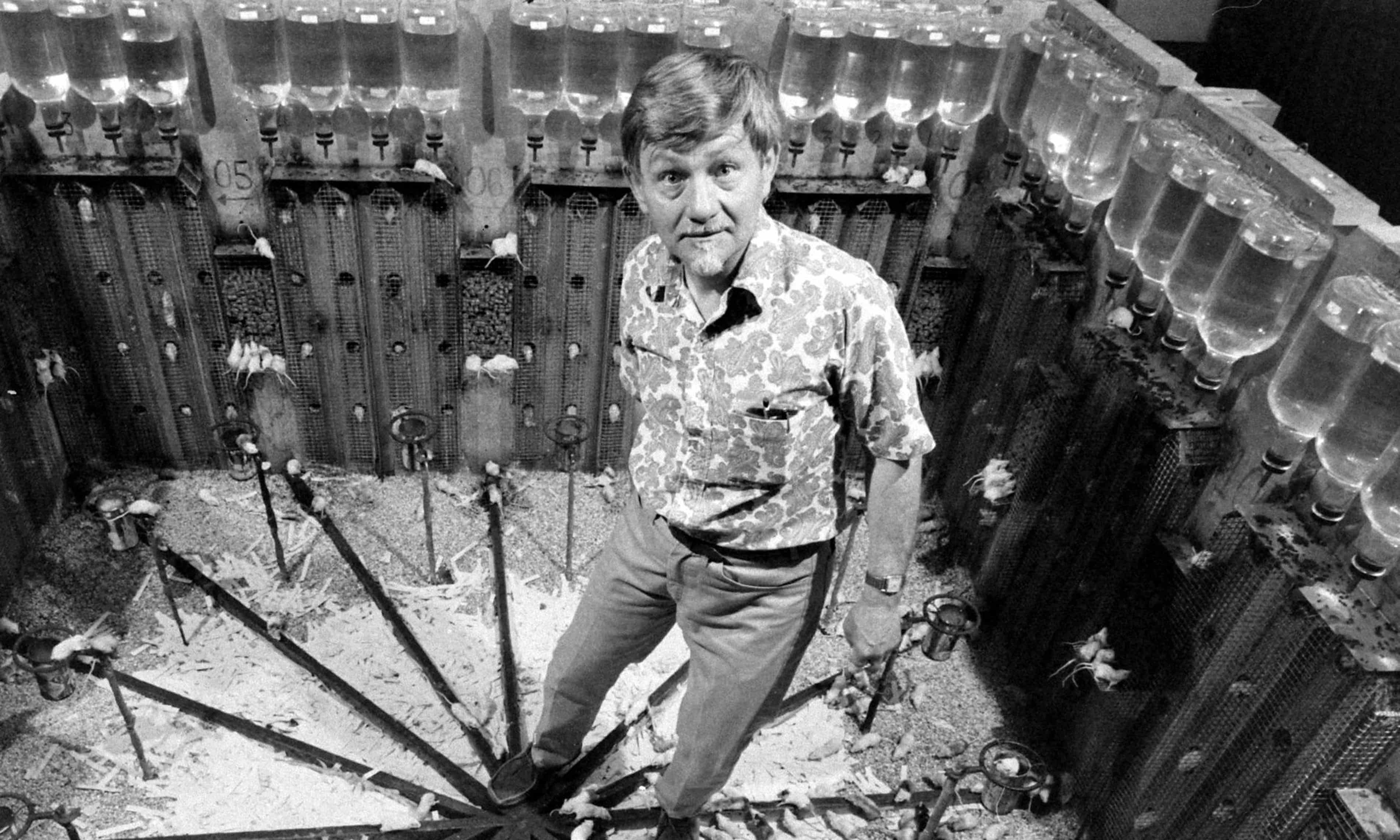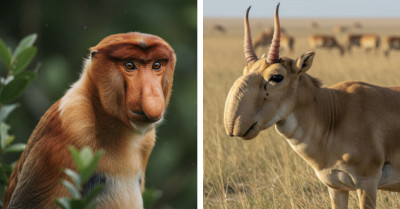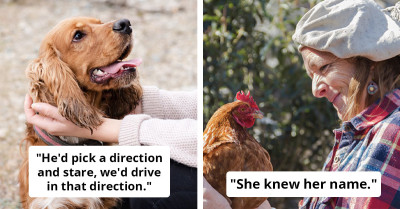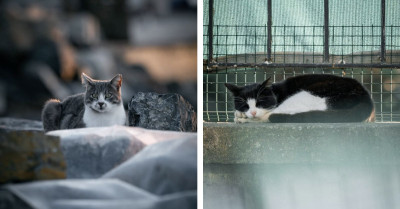Utopia That Turned Dark: What Universe 25 Warns Us About Society
In the late 1960s and early 1970s, behavioral researcher John B. Calhoun conducted an unsettling experiment known as Universe 25. He created what he believed was a utopian environment for mice, and many have interpreted his findings as a warning about the direction human society could take.
What was the Universe 25 experiment?
The experiment began with four breeding pairs of mice placed in a specially designed habitat that resembled a large apartment complex. This setup contained 256 individual units, arranged into 16 identical apartment blocks in a square formation, with four buildings on each side.
The mice lived free from predators and disease, with an endless supply of food and water. The space was designed to comfortably hold up to 3,000 mice. With no limits on reproduction, the population began to grow at an extraordinary rate, doubling roughly every 55 days.
Changes over time
The population eventually peaked at 2,220, but growth then slowed unexpectedly. Social patterns shifted. Clusters of mice formed close-knit groups, while others were excluded and became isolated. Many of these outcasts were males who stopped mating altogether and withdrew from interaction.
Calhoun also noted the rise of what he called “the beautiful ones” — mice that spent their days grooming and eating but avoided all social contact. They, too, stopped reproducing.
Troubling behaviors emerged among females. Some abandoned or even killed their young, while others became aggressive. Among certain males, there were increased instances of fighting, forced copulation, and even cannibalism, despite the abundance of resources.
In the late 1960s and early 1970s, behavioral researcher John B. Calhoun conducted an unsettling experiment known as Universe 25

How did Universe 25 end?
Over time, reproduction stopped entirely. With no social cohesion and no interest in mating, the population dwindled until every mouse had died.
Calhoun called this decline the “behavioral sink” and believed it offered a stark warning for humanity.
“I shall largely speak of mice,” Calhoun said, “but my thoughts are on man, on healing, on life and its evolution.”
The experiment drew significant attention. When it ended, The Washington Post ran a front-page headline reading, “Ten boxes of dead mice could be us: Is modern mankind becoming a giant colony of mice?” U.S. Senator Robert Packwood even cited Calhoun’s work in discussions about population problems.
Many feared that overpopulation, paired with abundance, could erode cooperation, connection, and the will to reproduce — concerns that influenced urban planning in the decades that followed.
Understanding the Psychology Behind the Universe 25 Experiment
John B. Calhoun's Universe 25 experiment provides profound insight into the detrimental effects of overcrowding and social isolation on behavior. This is supported by Dr. Shawn Achor, a positive psychology researcher, who states, "Social isolation can lead to a decrease in happiness and overall well-being" (Shawn Achor). When the mice in Universe 25 became isolated, they exhibited abnormal behaviors, mirroring how modern society grapples with the consequences of increased urbanization and social disconnection.
Some researchers now question the experiment
The experiment began with four breeding pairs of mice placed in a specially designed habitat that resembled a large apartment complex.

What do researchers say today?
Some researchers now question his conclusions. Edmund Ramsden, a historian of science at Queen Mary University of London, points out that while resources in Universe 25 were plentiful, access to them was not equal. Dominant mice controlled food dispensers and nesting spaces, leaving subordinates with little chance to compete.
Rather than a perfect utopia, Ramsden argues, Universe 25 was an example of how unequal access to resources can destabilize a society.
In their book Rat City: Overcrowding and Urban Derangement in the Rodent Universes of John B. Calhoun, Ramsden and co-author Jon Adams note another key difference between humans and rodents. People can avoid direct social interaction in crowded spaces — think of commuters on the London Underground — whereas rats cannot.
As the authors put it, rats are “constantly obliged to greet other rats, measure their dominance ranking, and undertake an endless process of threat assessment.” The stress of this constant evaluation led to “severe behavioral problems, escalating violence, and population collapse.”
Furthermore, Calhoun's observation of 'the beautiful ones' — the mice that withdrew from social interactions — can be linked to the concept of social withdrawal in psychology. This concept is explained in depth in the paper 'The Risks of Social Isolation' by Cacioppo & Hawkley (2003). The authors discuss how social isolation can lead to significant health risks and affect cognitive functions, a trend also observed in Universe 25.
Implications for Modern Society
The Universe 25 experiment can be seen as a metaphor for what happens when resources are abundant, but space and meaningful social interactions are limited. This is reflected in modern issues like mental health problems and societal discontent, as explored in the paper 'Urbanization, Mental Health, and Social Deviancy' by Peen, Schoevers, Beekman, and Dekker (2000). These authors argue that urbanization and isolation can lead to increased mental health issues, echoing the behavioral shifts observed in Universe 25.
Analysis & Alternative Approaches
In conclusion, the Universe 25 experiment provides a stark warning about the potential consequences of overcrowding and social isolation. It's a reminder that while physical resources might be plentiful, the lack of space and meaningful social interactions can lead to significant psychological and societal problems. As Dr. Rick Hanson, a neuropsychologist, states, "Isolation can lead to a cascade of negative effects on mental health," emphasizing the importance of social connections in our lives (Dr. Rick Hanson). As we navigate an increasingly urbanized and isolated world, understanding these dynamics remains as relevant as ever.



